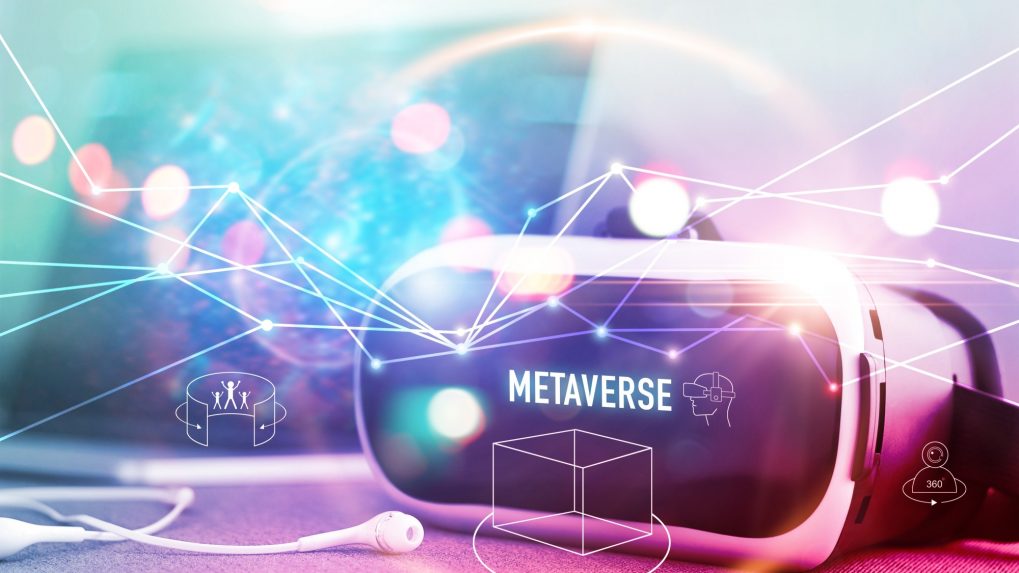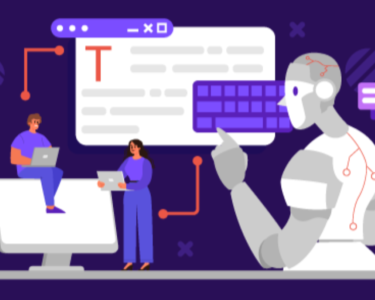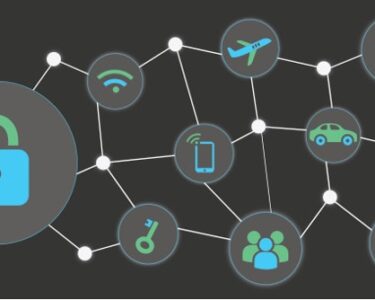
Metaverse Development: A Comprehensive Guide
Introduction
The metaverse, a virtual realm where digital worlds intersect with physical reality, has captured the imagination of technologists and enthusiasts alike. As the metaverse evolves, businesses and individuals are seeking innovative ways to develop and leverage its transformative potential. In this comprehensive guide, we will delve into the world of metaverse development, covering its key aspects, technologies, and best practices.
What is Metaverse Development?
Metaverse development refers to the process of creating digital environments and experiences within the metaverse. It involves a wide range of disciplines, including computer graphics, artificial intelligence, blockchain technology, and social dynamics. The goal of metaverse development is to create immersive and engaging virtual worlds that seamlessly integrate with the physical world.
Key Technologies in Metaverse Development
- Virtual Reality (VR) and Augmented Reality (AR): VR and AR create immersive and interactive virtual experiences that allow users to interact with digital content as if it were physically present.
- Blockchain Technology: Blockchain provides a secure and decentralized framework for creating virtual economies, managing digital assets, and ensuring transparency within the metaverse.
- Artificial Intelligence (AI): AI enables the creation of intelligent and responsive virtual agents, personalized experiences, and data-driven insights within the metaverse.
- Social Networking: Social networking platforms within the metaverse facilitate communication, collaboration, and community building among users.
Benefits of Metaverse Development
- Immersive Experiences: The metaverse offers highly immersive experiences that engage users on a deeper level than traditional digital media.
- Virtual Economies: Blockchain-based virtual economies enable creators and businesses to monetize their content and services within the metaverse.
- Extended Reality (XR): XR technologies, which encompass VR, AR, and mixed reality (MR), create a spectrum of immersive experiences that blend the physical and digital worlds.
- Enhanced Collaboration: The metaverse provides a platform for remote teams to collaborate and interact in virtual spaces, overcoming geographical barriers.
- New Business Models: The metaverse opens up new avenues for businesses to reach customers, create virtual products and services, and explore immersive marketing strategies.
Best Practices for Metaverse Development
- Define Clear Goals: Establish specific objectives for your metaverse experience, such as creating a community hub, enhancing productivity, or providing a unique entertainment experience.
- Design for Immersion: Utilize high-quality graphics, realistic audio, and intuitive controls to create a fully immersive experience that captivates users.
- Integrate Blockchain: Consider incorporating blockchain technology to provide secure ownership of virtual assets, create transparent economies, and facilitate trustless interactions.
- Leverage AI: Employ AI to create intelligent virtual agents, personalize experiences, and analyze user behavior to optimize the metaverse experience.
- Build a Community: Foster a sense of community by creating social spaces, enabling user-generated content, and providing opportunities for collaboration and interaction.
Conclusion
Metaverse development is a rapidly evolving field with immense potential to transform various industries and aspects of human experience. By understanding the key technologies, benefits, and best practices involved, businesses and individuals can effectively develop and leverage the metaverse to create innovative and immersive virtual environments. As the metaverse continues to evolve, it is expected to shape the future of digital interaction, entertainment, and commerce in ways we can hardly imagine.


